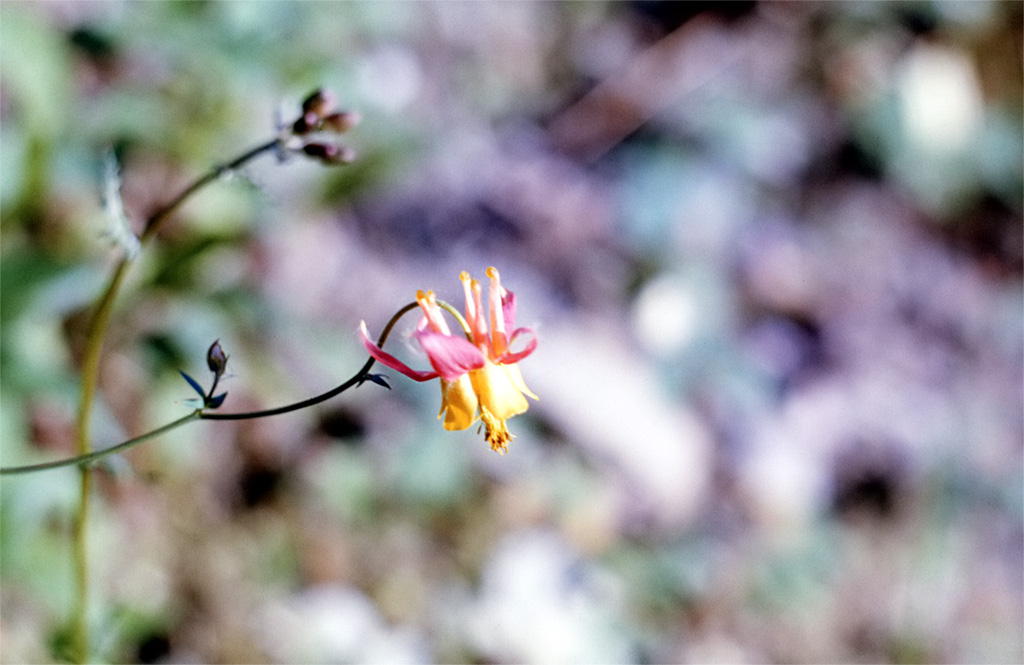Gallery containing public domain photos of flowers and plants from the Canadian National Parks – Western Canada. From the warm, temperate broadleaf forests of southern Ontario to the frigid Arctic plains of Northern Canada, from the wet temperate rainforests of the west coast to the arid deserts, badlands and tundra plains, the biodiversity of Canada’s plants is extensive.
Crocus biflorus is a species of flowering plant in the genus Crocus of the family Iridaceae, native to Italy, Turkey, Iran, southern Ukraine, Armenia and the Caucasus. It is a cormous perennial growing to 6 cm tall and wide. It is a highly variable species, with flowers in shades of pale mauve or white, often with darker stripes on the outer tepals. The flowers appear early in spring.
Toxicodendron radicans (or poison ivy) is a poisonous North American plant that is well known for its production of urushiol, a clear liquid compound found within the sap of the plant that causes an itching, irritation and sometimes painful rash in most people who touch it. Urushiol-induced contact dermatitis is the allergic reaction caused by poison ivy. Over 350,000 people are affected by poison ivy annually in the US.
Potentilla is a genus containing about 500 species of annual, biennial and perennial herbaceous flowering plants in the rose family Rosaceae. They are generally holarctic in distribution, but some may be found in montane biomes of the New Guinea Highlands. Cinquefoils look most similar to strawberries, but differ in having dry, inedible fruit.
Aquilegia formosa (Western Columbine, or Red Columbine) is a common and attractive wildflower native to western North America, from Alaska to Baja California, and eastward to Montana and Wyoming. Flowers, which can be seen from April to August, are about 5 cm long and red and yellow in color. The flowers are edible, with a sweet taste—though the seeds can be fatal if eaten, and most parts of the plant contain cyanogenic glycosides.
Rhododendron is a genus of over 1000 species of woody plants in the heath family, either evergreen or deciduous. Species of the genus Rhododendron are native to every continent of the world, except South America and Africa. Some species are invasive as introduced plants, spreading in woodland areas replacing the natural understory, difficult to eradicate. Studies has identified possible anti-inflammatory and hepatoprotective activities.
Pinus ponderosa (Western Yellow Pine) is a very large pine tree of variable habit native to western North America, but widespread throughout the temperate world. The fire cycle for ponderosa pines is five to 10 years, in which a natural ignition sparks a low-intensity fire. Modern forestry research identifies four different taxa of P. ponderosa, with differing botanical characters and adapted to different climatic conditions.
Mahonia aquifolium (Oregon grape) is a species of flowering plant in the family Berberidaceae, native to western North America. It is an evergreen shrub growing to 1 m tall by 1.5 m wide, with pinnate leaves consisting of spiny leaflets, and yellow flowers in early spring, followed by black berries. The small purplish-black fruits are included in smaller quantities in the traditional diets of Pacific Northwest aboriginal peoples, mixed with Salal or another sweeter fruit. Today they are sometimes used to make jelly, alone or mixed with Salal.
Anemone quinquefolia is an early-spring flowering plant in the genus Anemone, native to North America. It is commonly called Wood Anemone, like Anemone nemorosa, a closely related European species. The American species has been treated as a subspecies of Anemone nemorosa. It is a perennial herbaceous plant, growing in early spring to 10-30 cm tall, and dying back down to the root-like rhizomes by mid summer.
